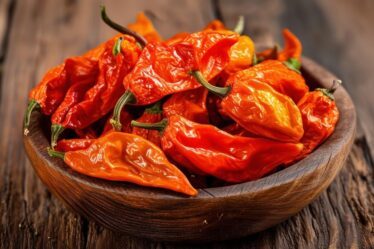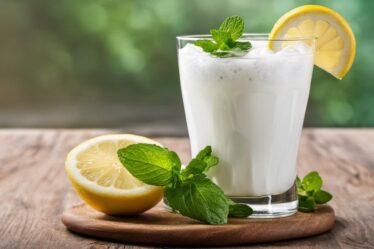
Cultivation and Harvesting
Nestled in the rich, fertile soils of the Society Islands, the cultivation of Tahitian vanilla beans is as much an art as it is agriculture. Farmers in this region are custodians of an age-old tradition that marries patience with careful attention to detail.
The lifecycle of a Tahitian vanilla bean begins with the planting of orchid cuttings, typically found clinging to support trees or wooden posts in plantations that dot the landscape. The humidity interplays with tropical breezes, creating an ideal environment for vanilla orchids to thrive.
From planting, it takes up to three years for a vanilla orchid to mature and produce flowers. These blossoms, delicate and ephemeral, open for only a single day. If not pollinated during this brief window, the opportunity for a pod to develop is lost. In Tahiti, where natural pollinators are absent, this critical process of transferring pollen from the male part of the flower to the female cone is performed manually. This painstaking task requires precision, as each flower is fertilized with a small wooden stick, a technique passed down through generations.
As months pass, the fertilized flowers gradually give way to slender green pods. These pods require constant vigilance, nurtured through seasons defined by rains and bursts of sun. Lengthy stretches of care are essential because each pod contains numerous vanillin molecules, the compound responsible for the deep, multifaceted flavor profile of Tahitian vanilla.
When the time for harvesting arrives—about eight to nine months after pollination—a practiced eye is necessary. Each bean is scrutinized; only those of supreme size and oil sheen are harvested by hand, ensuring quality.
Further enhancing the intrigue of this process is the drying stage. Harvested pods undergo a month-long curing procedure under the Pacific sun. Each morning, farmers lay out the beans on trays and then carefully wrap them in fabric at dusk to sweat overnight. This dance continues until the beans dry and darken, locking in flavor.
Through advancements, traditional techniques have been augmented for precision and sustainability. From intricate manual labor to ensure every orchid's future to innovations in post-harvest curing aimed at enhancing flavor extraction while minimizing waste, modern practices are woven seamlessly with tradition. This harmonious blend ensures that Tahitian vanilla beans continue to be treasured across the globe.
Consistently commanding high prices, these beans hold within them much more than mere flavor; they encapsulate skills sculpted across time under Polynesian skies and French tutelage, evoking respect with every infusion and bake. Through ventures such as these with vanilla beans from Tahiti, both food lovers and creators bring pieces of art into everyday kitchens and haute cuisine around the world.
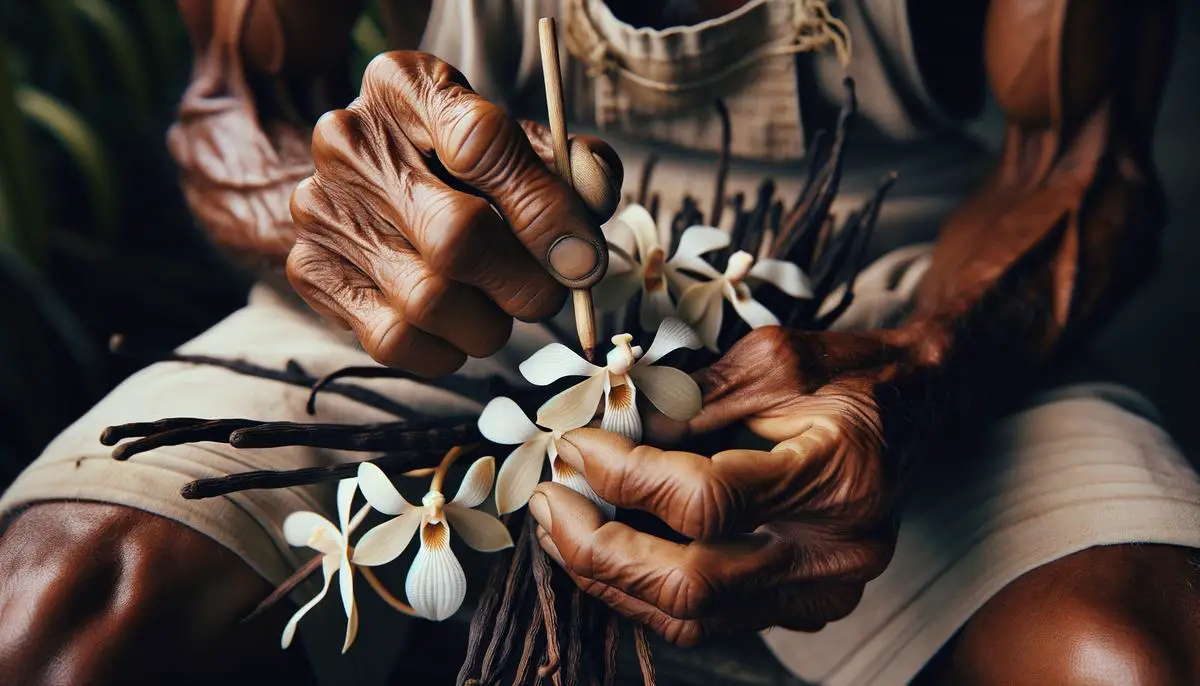
Culinary Applications
Building on the symphony of scents and flavors encapsulated in each Tahitian vanilla bean, the culinary applications are both broad and nuanced, inviting chefs to explore a palette of flavors that elevate simple dishes to the extraordinary.
Chef Isabella, a proponent of using only the finest ingredients in her Michelin-starred cuisine, emphasizes the transformative power of Tahitian vanilla: Incorporating Tahitian vanilla into a recipe isn't just about adding a flavor; it's about introducing a whole sensory experience. Its subtle floral notes and hints of fruit elevate it from mere sweetness into something much more complex.
The impact these beans have on flavor profiles in diverse culinary preparations is significant. For instance, when crafting a vanilla bean crème brûlée, the choice of Tahitian vanilla is pivotal. The bean's ability to meld well with dairy enhances the creamy texture, infusing each spoonful with a deep, rich floral aroma that compliments the caramelized top.
In savory dishes, too, Tahitian vanilla finds a role. Renowned Chef Akira Back incorporates it into delicate sauces accompanying seared scallops, where the vanilla's nuanced profile harmonizes with the seafood's natural sweetness, enhancing intricate umami notes.
Another celebrated application is in the world of artisanal beverages. Consider the 'Vanilla Sky' cocktail, a concoction that begins with bourbon infused with Tahitian vanilla. The infusion technique subtly amplifies the liquor's smoky richness without overshadowing its intrinsic flavors, complemented by a whisper of citrus.
Pastry chefs globally hold Tahitian vanilla in high regard. Its role in pastries is not just about adding character to sponge cakes or cookies but stands central to more elaborate creations like fruit tarts where its compatibility with a wide range of fruits plays a critical role. The subtle yet penetrating essence of the vanilla pairs impressively with berries and stone fruits, adding layers of flavor.
Gregory Doyen, a celebrated French pastry chef, uses Tahitian vanilla for its unique ability to fuse with both chocolate and fruit. In my raspberry chocolate dome,
Doyen explains, the Tahitian vanilla doesn't just exist alongside the other elements; it elevates them, magnifying its allure with each morsel. It's about harmony and precision, the very essence of fine pastry.
Similarly, in ice cream, Tahitian vanilla stands out. It lends a complexity that can make a simple scoop an exquisite dessert. The slow-release floral undertones enmesh within the creaminess to transform homemade vanilla ice cream into a gourmet affair.
In elite culinary circles, where the finest details can transform the ordinary into an opus, high-caliber ingredients such as Tahitian vanilla are indispensable. These luxurious pods carry within them the flavors of their lush homeland and a multilayered intricacy developed through skilled cultivation and scrupulous processing—a true culinary treasure pushing the boundaries of gastronomy far beyond its vine origins.
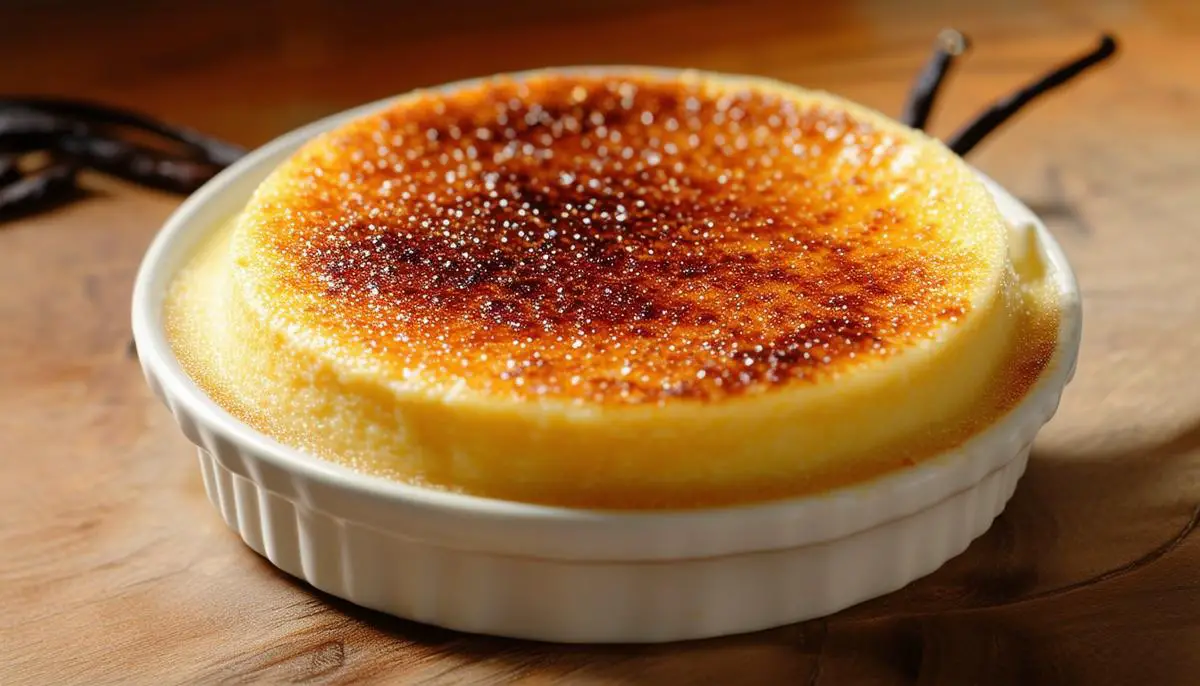
Economic and Cultural Impact
Vanilla cultivation is embedded in both the environmental and economic fabric of Tahiti, representing a centerpiece of economic sustenance and cultural identity for local inhabitants. Today, Tahitian vanilla is one of the most sought-after variants globally, classified under the luxury segment in culinary markets. This ultra-premium status brings significant economic prospects to Tahiti. For the farmers, the cultivation of these valuable beans is more than merely a source of livelihood; it is a high-skill tending process that benefits from generations of inherited horticultural wisdom, facilitating a worthwhile premium in international markets.
Economically, the vanilla industry in Tahiti supports not just the agronomists and cultivators involved directly but also fuels employment in associated sectors such as processing, marketing, and export services. The exotic nature of Tahitian vanilla—with its rigorous manual pollination and labor-intensive harvest and cure—makes it scarce and lucrative. This cultivation supports a relatively affluent existence for the local farmers compared to other agriculture-based economies where manual labor is similarly intensive but far less rewarding financially.
The returns from Tahitian vanilla stretch beyond personal affluence and branch out into broader socio-economic benefits. Enhanced financial security fosters better living standards and access to education, allowing future generations to either continue a tradition or pursue new opportunities, thus nurturing comprehensive community development.
On a cultural panorama, vanilla holds a revered spot in Tahitian heritage. Often considered a cooperative enterprise, the vanilla cultivation practice has sprouted social connectivity within communities. Practices are handed down the lineage, bridging the past with the present and fostering a deep sense of pride and cultural identity tied to their renowned export. Festivals, local gatherings, and educational tours aimed at teaching the intricate art of vanilla cultivation are commonplace and weave vanilla deeply into the socio-cultural fabric of the Society Islands.
Given its exclusive status and cultural relevance, Tahitian vanilla is symbolic of Tahiti's tradition of natural harmony and artisanal perfection. Far beyond its culinary scope, the aromatic bean shapes an identity that combines deeply rooted tradition with high-end prestige. This alliance of elegance and aroma articulately narrates not merely the story of an island but extends an invitation globally to discern and participate in its cherished legacy.
The intersection where culture meets commerce through the cultivation of Tahitian vanilla presents a rich field for exploration and continued heritage, highlighting the symbiotic relationship between Tahiti's land, its people, and their celebrated produce. As such, Tahitian vanilla does not merely add flavor to worldwide tables; it stirs a blend of pride, sustainability, and prosperity across economic and cultural landscapes within its homeland. This balance underscores how such delicate crops can potently influence both local and international terrains, making vanilla not merely a seasoning but a central spindle of life and economic survival in Tahiti.
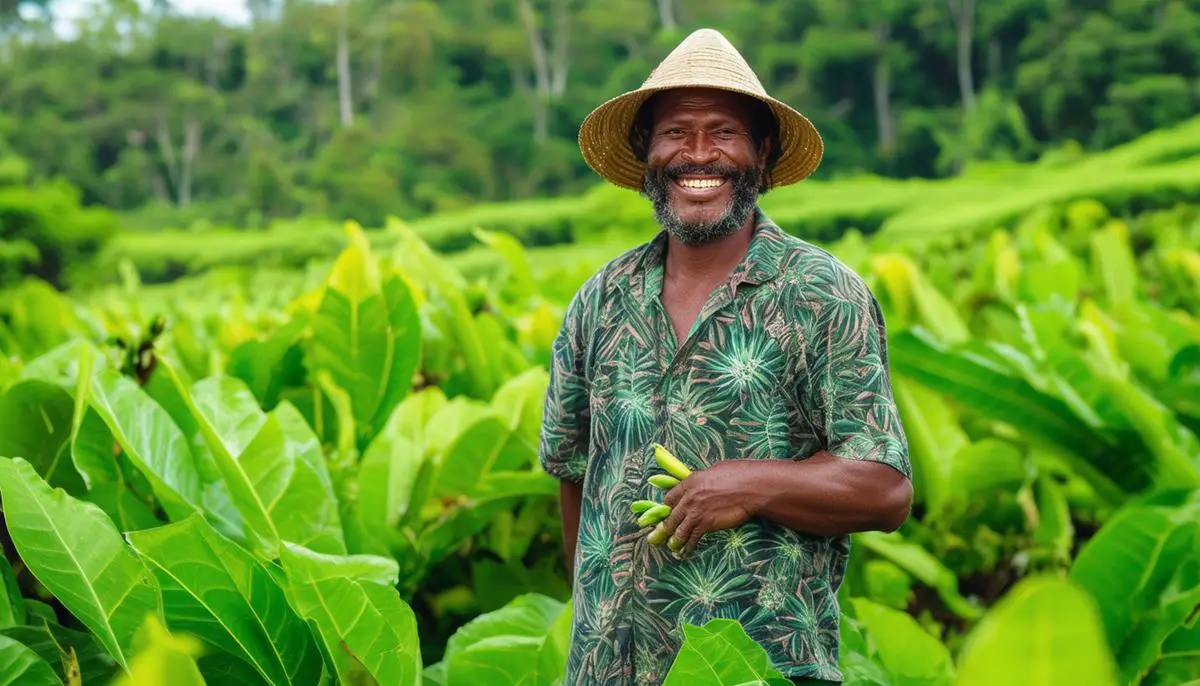
Sustainability and Ethical Considerations
Sustainability in the cultivation and distribution of Tahitian vanilla involves a nuanced understanding of ecological balance and social responsibility, as the industry directly affects both the natural environment and the livelihoods of local communities. In striving for environmental sustainability, local and international stakeholders are increasingly adopting practices that contribute to the longevity and health of vanilla orchids and soil, thereby ensuring that cultivation remains viable for future generations.
The low-tech, labor-intensive nature of vanilla farming embodies a number of sophisticated ecological principles aimed at maintaining long-term soil fertility and reducing environmental impact. Crop rotation and polyculture are practices used by some Tahitian farmers to prevent nutrient depletion. These processes naturalize the growth environment and minimize the reliance on artificial fertilizers, preventing runoff and maintaining soil quality.
Water conservation is another critical component. Given that vanilla orchids thrive in humid conditions, farmers implement water-efficient irrigation systems to minimize wastage while ensuring the plants receive adequate hydration. This is particularly relevant in areas prone to unpredictable rainfall, a challenge increasingly magnified by climate change.
The ethical dimensions in the production of Tahitian vanilla are primarily focused on labor practices and adequate pricing. The meticulous nature of pollination and harvesting contributes significantly to labor costs. Ethically conscious vendors align with fair trade principles to ensure that local workers receive fair compensation for their labor-intensive work. This fair wage assurance contributes to improved living standards for the farmers and their families, which in return sustains the traditional knowledge systems essential to high-quality Tahitian vanilla production.
Another focus point is the fair pricing mechanism which avoids exploitation and encourages equitable trade terms. Stakeholders throughout the supply chain—farmers, processors, and retailers—are engaged in concerted efforts to guarantee that profits benefit the local economy, fostering broader regional development.
The environmental impacts of vanilla cultivation extend to biodiversity conservation efforts. Many growers participate in or support environmental protection programs, reflecting a commitment to preserving the natural flora and fauna of their land, which form the backbone of successful vanilla cultivation.
Environmental certifications are increasingly common as producers respond to global consumers' demand for sustainably sourced vanilla. Certification bodies like Rainforest Alliance and Fairtrade are actively involved with Tahitian producers, setting standards that encourage sustainable growing practices, fair labor conditions, and community engagement.1,2
Overall, the portrait that emerges in the cultivation and distribution of Tahitian vanilla is one of proactive holistic engagement, illustrating how a global luxury can be harmoniously woven into local life and environmental stewardship. Going forward, the growth in responsible consumerism spells growing recognition for these efforts, deepening appreciation for the high-quality product and the processes that underpin its development.
By advancing such sustainable farming practices and continuing to ensure the ethical treatment of agricultural labor, Tahitian growers preserve their environment and social fabric while enhancing the international stature of their exquisite product. Subsequently, this cultivates a profound respect and a secure market for their vanilla, transforming it into a beacon of economically viable sustainability practices.
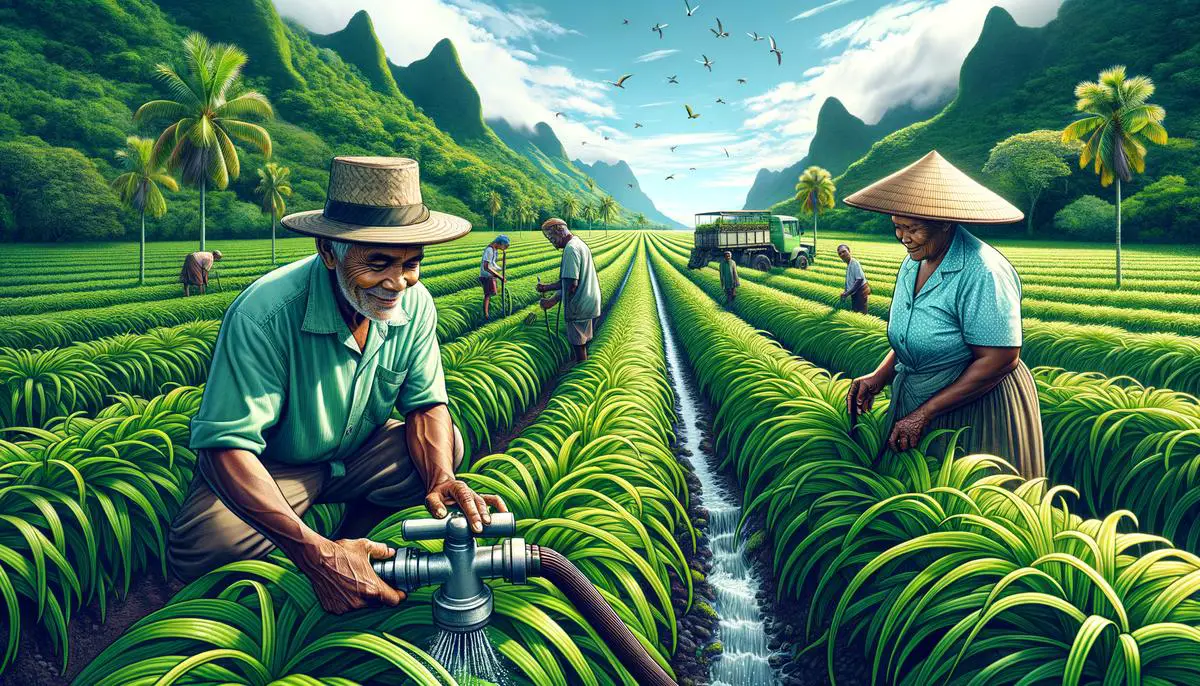
- Rainforest Alliance. Rainforest Alliance Certified Vanilla.
- Fairtrade International. Fairtrade Standard for Vanilla.

